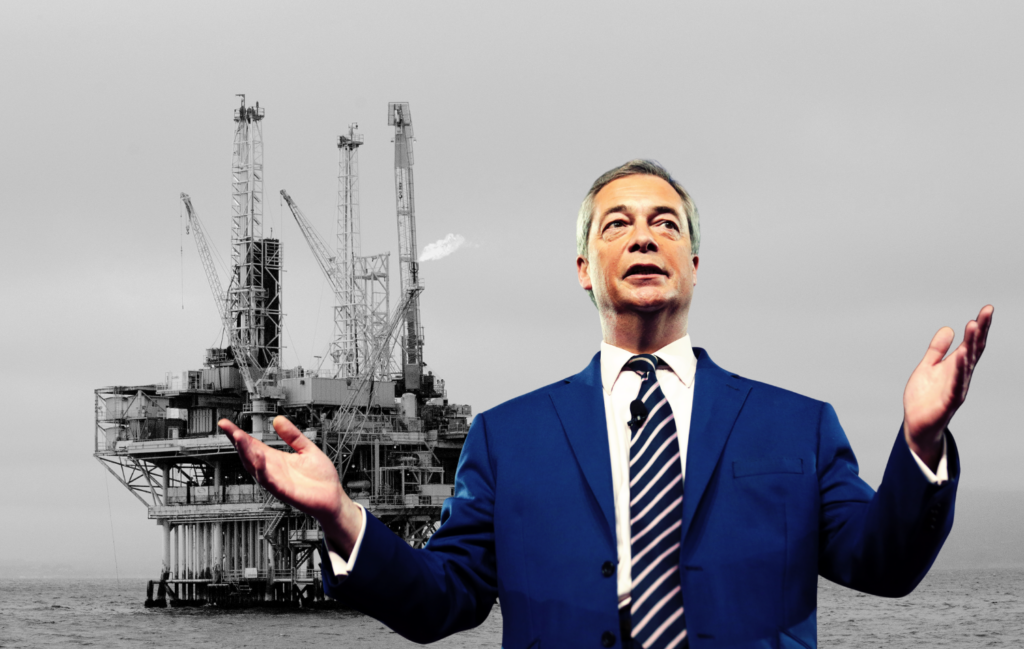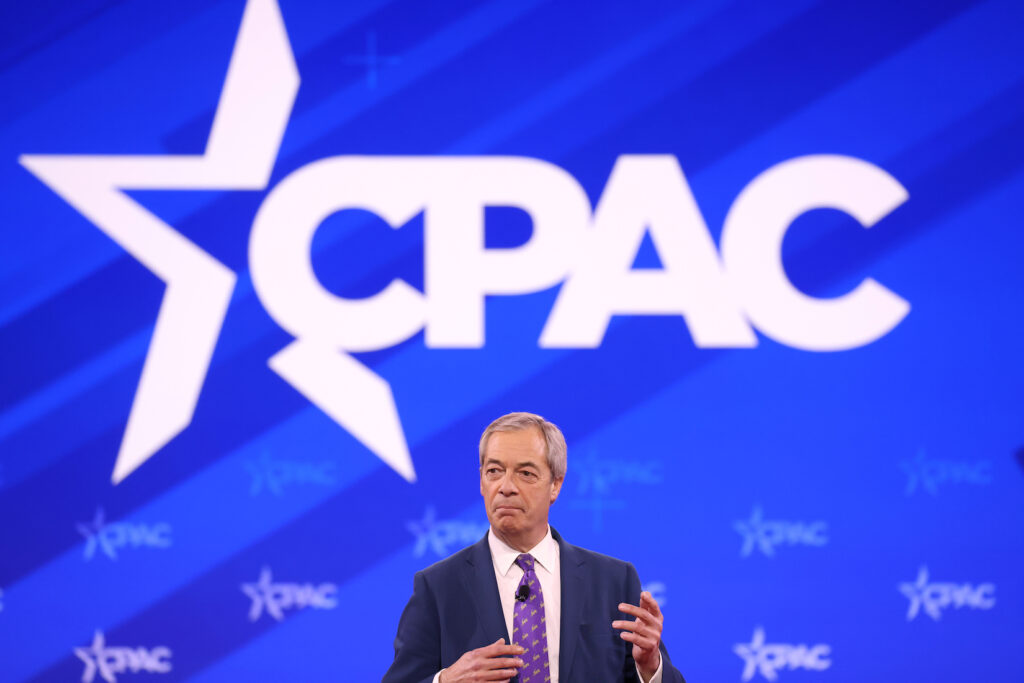By Jake Johnson, Common Dreams. Originally published on Common Dreams.
The newly enacted Inflation Reduction Act contains the world’s first-ever fee on methane, a powerful greenhouse gas believed to be responsible for roughly 30 percent of global temperature rise since the Industrial Revolution.
But analysts and climate advocates fear that the fee, which is aimed at incentivizing U.S. fossil fuel companies to stop deliberately spewing the gas into the atmosphere, will have a muted impact on rapidly rising methane emissions given that 60 percent of the oil and gas industry is exempt from the penalty.
Reuters reported earlier this month that thanks to carveouts won by Sen. Joe Manchin (D-WV) — the fossil fuel industry’s top ally in the Senate Democratic caucus and the chamber’s leading recipient of oil and gas donations — the fee “only applies to companies that emit 25,000 metric tons of CO2 equivalent per year,” including “a small number of the largest oil companies and independent producers.”
“In another concession made to Manchin, oil and gas companies that comply with the Environmental Protection Agency’s forthcoming methane rules due later this year would also be exempted from the fee. The rules require companies to upgrade equipment, monitor leaks, and clean them up,” the outlet noted. “The bill would also exempt distribution facilities that bring natural gas to homes and businesses, offer exemptions to some pipelines and gathering facilities that sell volumes of gas below a certain threshold, and give industry nearly $1.5 billion in financial incentives to clean up their methane.”
Responding to the slew of exemptions in the law, Peter Hart of Food and Water Watch tweeted that “a certain type of climate wonk gets really excited about things like a ‘methane fee.'”
“The one in the IRA was weakened so that it applies to basically no one,” he observed.
E&E News pointed specifically to Cheniere Energy’s Sabine Pass facility, the largest liquefied natural gas (LNG) terminal in the United States by volume, as an example of the IRA’s shortcomings on methane.
“Sabine Pass reported methane emissions equivalent of nearly 30,000 tons of carbon dioxide in 2020,” E&E News noted. “At first glance, the Southwestern Louisiana terminal would appear to be subject to the fee, which would only apply to facilities with annual emissions in excess of 25,000 tons.”
“But a second provision could potentially allow the Sabine Pass to avoid paying a penalty,” the publication added. “Only LNG facilities with a leakage rate in excess of .05 percent of total gas sales are subject to the fee.”
About 60 percent of oil & gas emissions are going to be exempt from the methane fee, plus oil & gas companies that comply with forthcoming EPA methane rule will be exempt, PLUS facilities that bring gas to homes & businesses will be exempthttps://t.co/3ylhOr7pBL
— Julia Rock (@jul1arock) August 9, 2022
Methane is more than 80 times more potent at heating the planet than carbon dioxide over a 20-year period, and experts have characterized reining in emissions of the gas as “the biggest opportunity to slow warming between now and 2040.”
But it’s an opportunity that world leaders, particularly those of the rich nations most responsible for the climate crisis, have yet to seize. According to figures released by the National Oceanic and Atmospheric Administration (NOAA) in April, 2021 saw a record annual increase in atmospheric methane levels — beating the previous record set just a year earlier.
“Our data show that global emissions continue to move in the wrong direction at a rapid pace,” NOAA Administrator Rick Spinrad said at the time. “We can no longer afford to delay urgent and effective action needed to address the cause of the problem—greenhouse gas pollution.”
Because of its severe limitations, the IRA’s methane fee is unlikely to put a serious dent in U.S. methane emissions, which are fueled primarily by pipelines and other oil and gas industry operations.
The fee begins in 2024 at $900 per metric ton of methane and rises to $1,500 by 2026.
Writing for The American Prospect last week, Robert Hitt noted that the fee “only covers 40% of the methane emissions produced by the oil and gas industry, and the companies that are covered report their own emissions.”
“Many firms already undercount their emissions to greenwash their operations; the fee gives them another reason to fudge numbers,” Hitt warned.
Hitt went on to emphasize that “an IRA provision requiring revision of EPA emission reporting requirements, and new EPA rules already in the works, may be able to address these shortcomings to give the fee real teeth.”
“But as things stand, many smaller players in the oil and gas industry won’t have to pay any excess methane fee,” Hitt wrote. “It will only apply to facilities that self-report more than the equivalent of 25,000 metric tons of carbon dioxide, leaving the majority of methane emissions untouched.”
Subscribe to our newsletter
Stay up to date with DeSmog news and alerts







